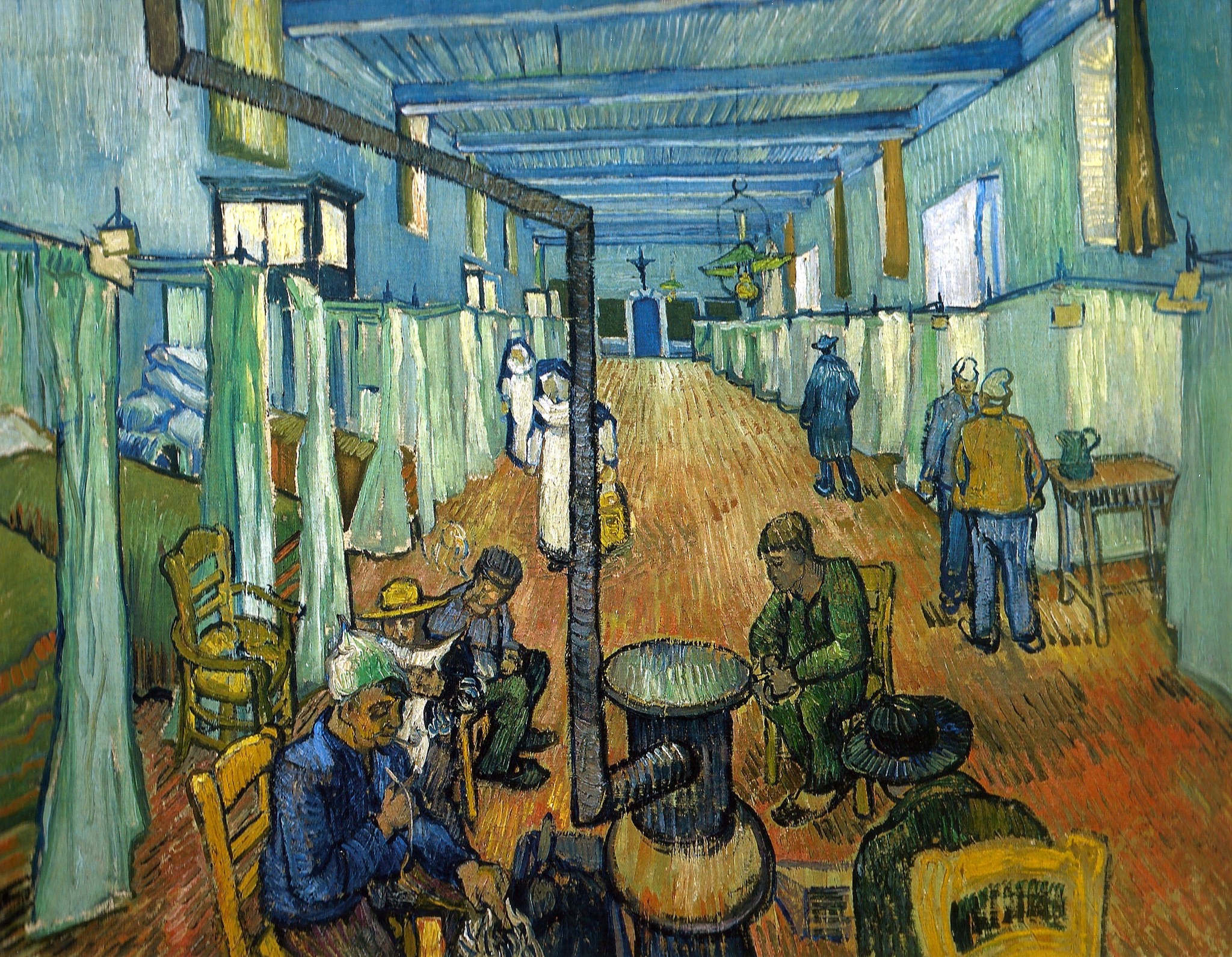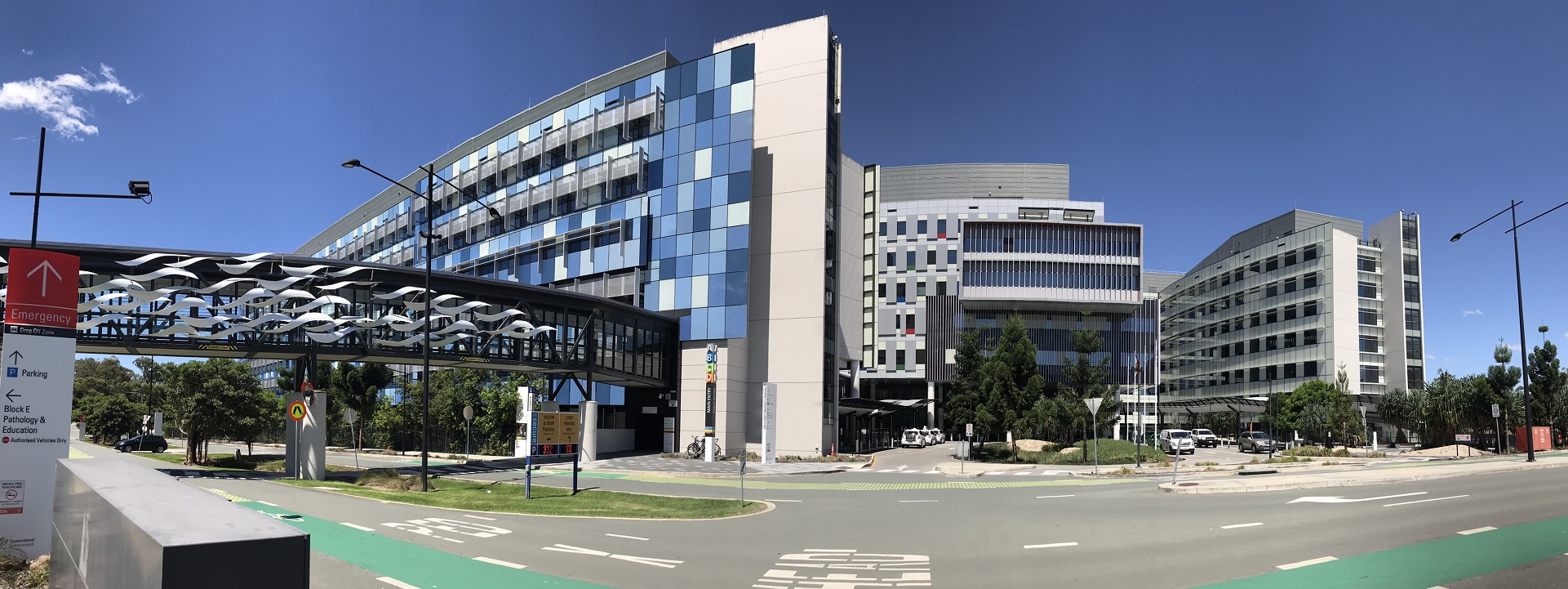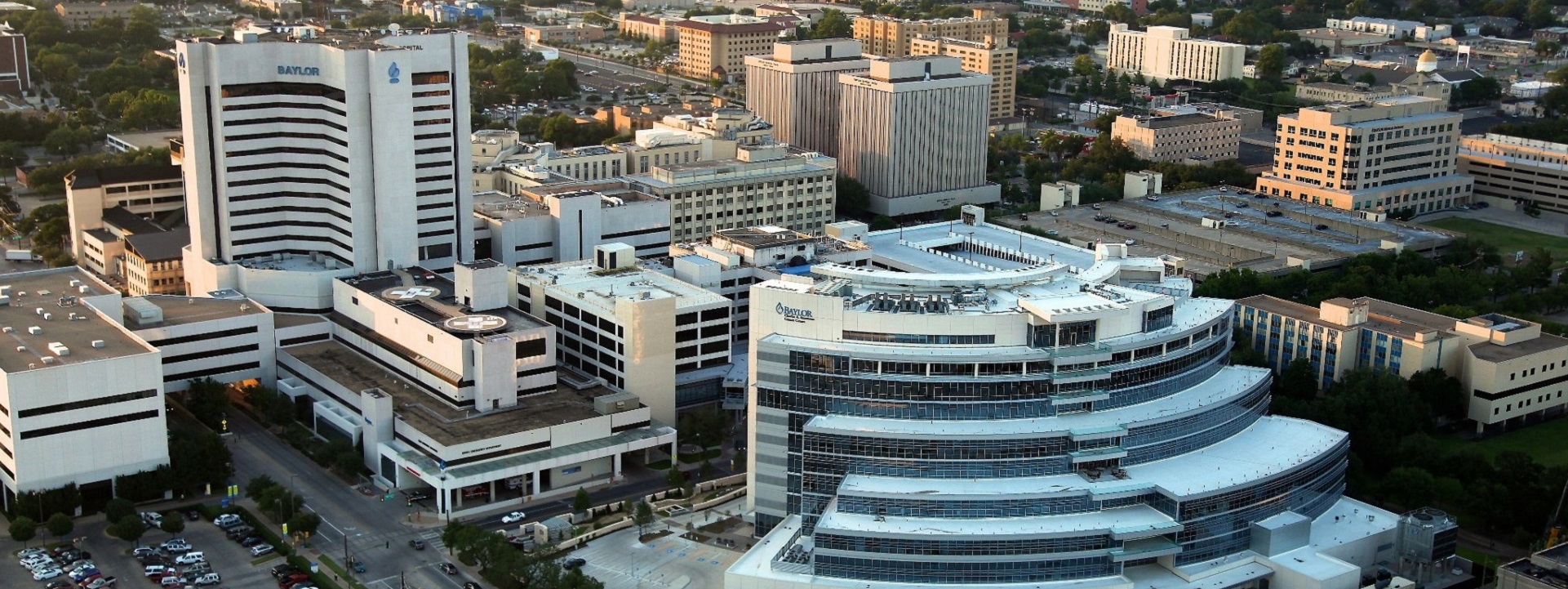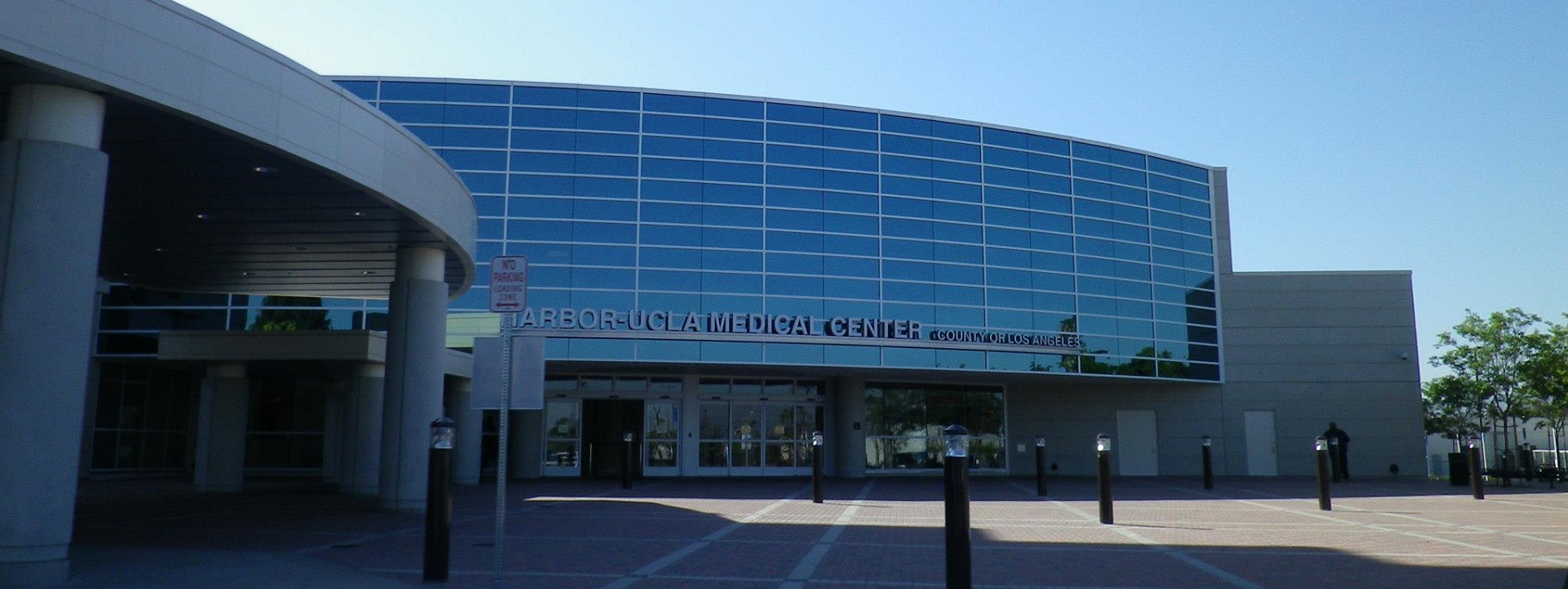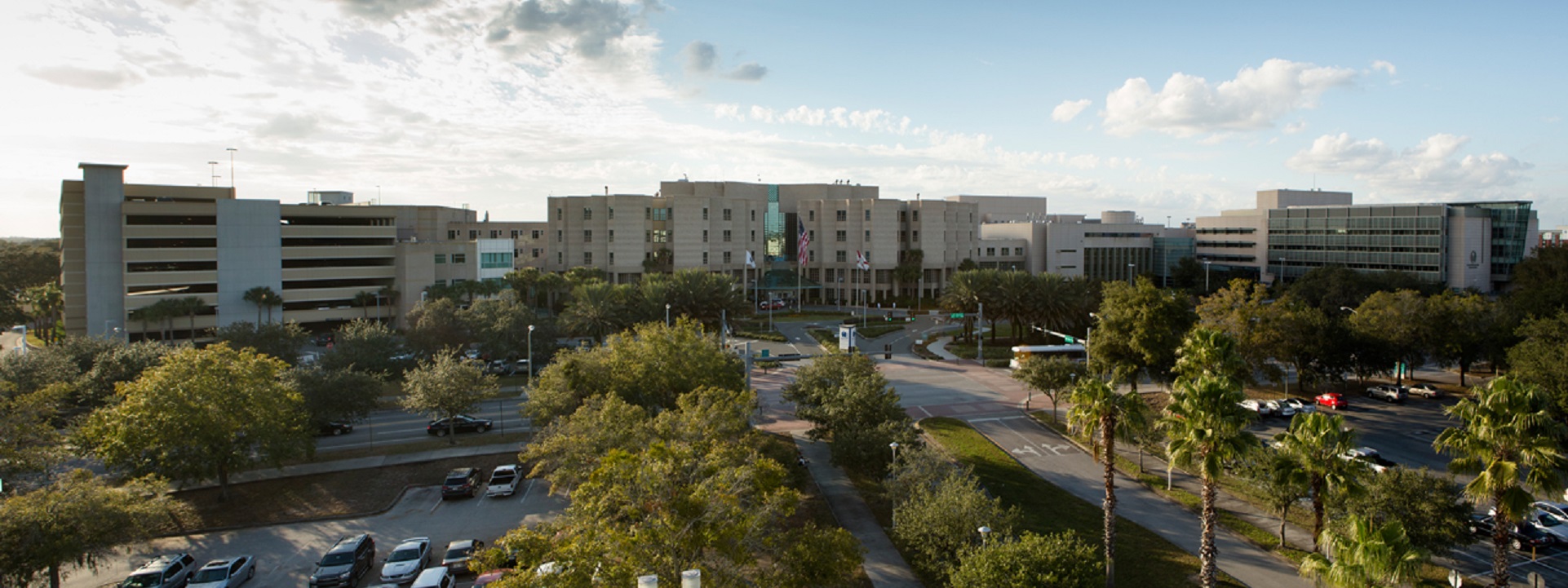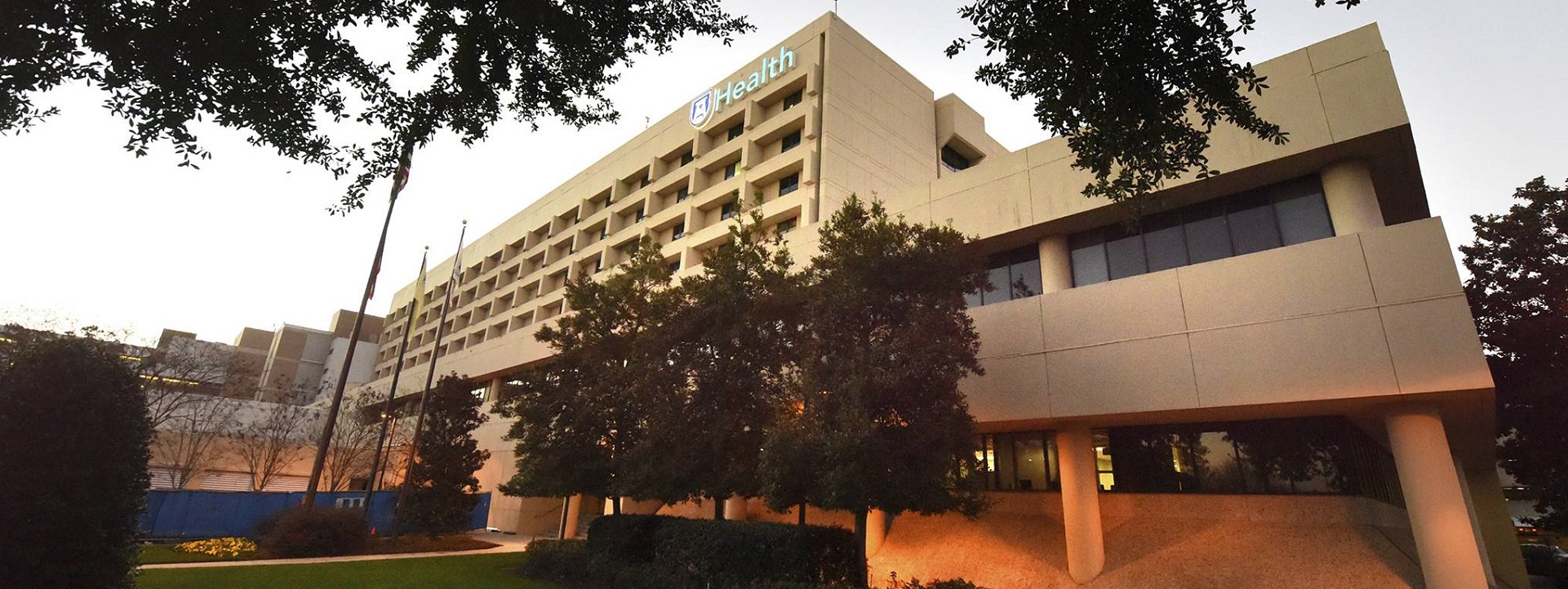Design, construction, operation and maintenance of environmental air, piping and drainage systems is one of the largest cost centers in education facilities. We find subtle tradeoffs between fire safety, energy conservation and indoor air quality goals. With solid data and enlightened debate which include the user-interest (the final fiduciary in the education facility industry, for example) those tradeoffs are reconciled by technical committees administered by three ANSI-accredited standards developers:
American Society of Heating and Refrigeration Engineers (ASHRAE)
American Society of Mechanical Engineers (ASME)
National Fire Protection Association (NFPA)
Sheet Metal & Air Conditioning Contractors National Association
Today we focus on the leading safety practice of NFPA 90A Standard for the Installation of Air-Conditioning and Ventilating Systems. From the NFPA 90A prospectus:
[NFPA 90A] shall cover construction, installation, operation, and maintenance of systems for air conditioning and ventilating, including filters, ducts, and related equipment, to protect life and property from fire, smoke, and gases resulting from fire or from conditions having manifestations similar to fire.
[Explanation A.1.1] An air duct system has the potential to convey smoke, hot gases, and flame from area to area and to supply air to aid combustion in the fire area. For these reasons, fire protection of an air duct system is essential to safety to life and the protection of property. However, an air duct system’s fire integrity also enables it to be used as part of a building’s fire protection system. Guidance for the design of smoke-control systems is provided in NFPA 92, Standard for Smoke Control Systems. Pertinent information on maintenance is provided in Annex B. Maintenance of fire dampers, ceiling dampers, smoke dampers, and combination fire/smoke dampers requirements can be found in NFPA 80, Standard for Fire Doors and Other Opening Protectives, and NFPA 105, Standard for Smoke Door Assemblies and Other Opening Protectives.
The original University of Michigan codes and standards advocacy enterprise spoke loud and clear about duct smoke detector application, control signaling and maintenance requirements from the user point of view. Owing to the re-organization we missed the 2018 revision but we are now recovering from where we left off for the 2021 revision.
The First Draft Report for the 2021 edition is linked below:
First Draft Ballot / Final Results
90A_A2020_AIC_AAA_SD_PCResponses
NFPA 90A is heavily referenced in an interlocking matrix of related fire safety consensus products but it is not very lengthy document. We include it on the standing agenda of our periodic Mechanical and Prometheus Bound teleconference. See our CALENDAR for the next online meeting.
Issue: [13-118]
Category: Fire Protection, Mechanical
Colleagues: Mike Anthony, Richard Robben, Larry Spielvogel
:



